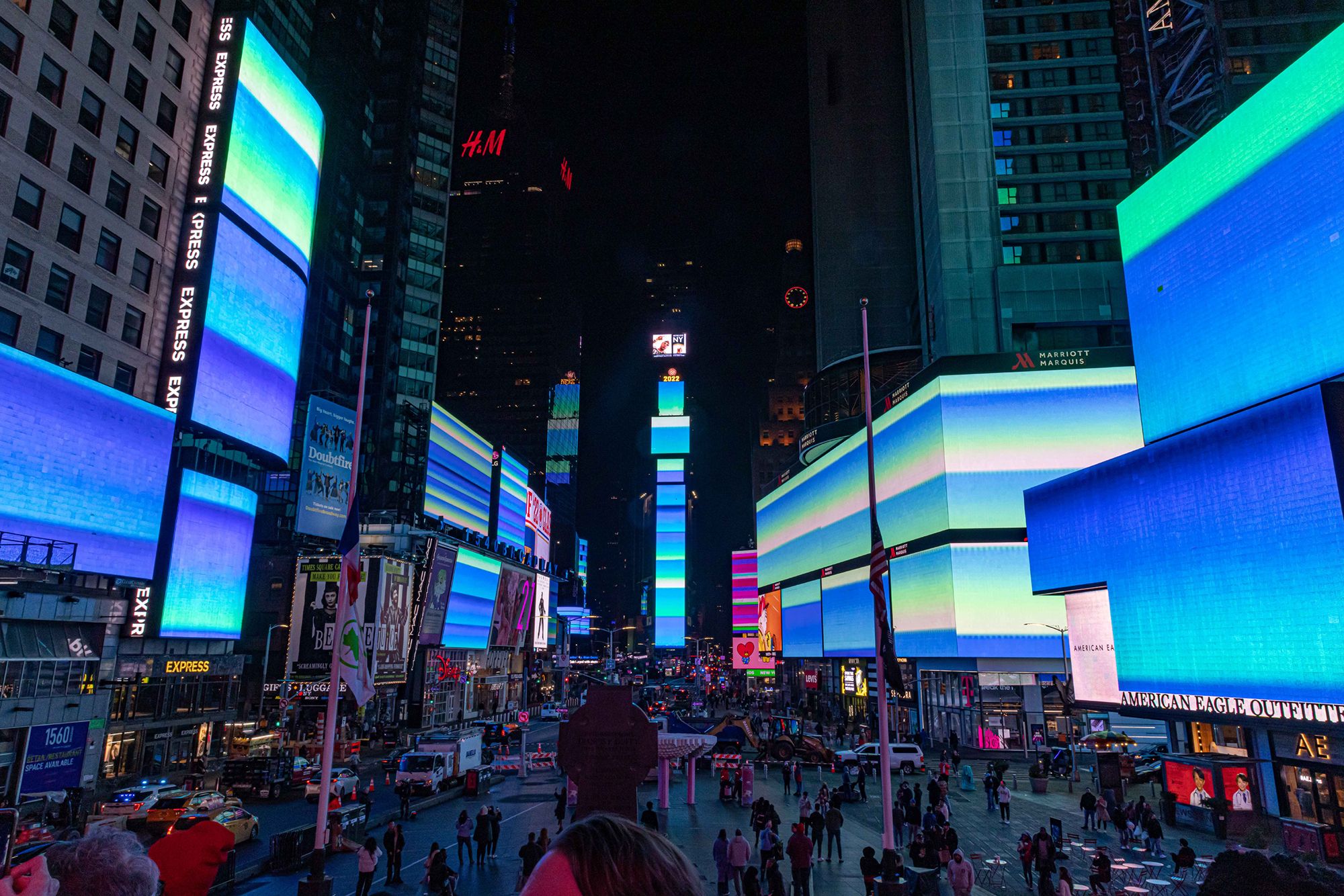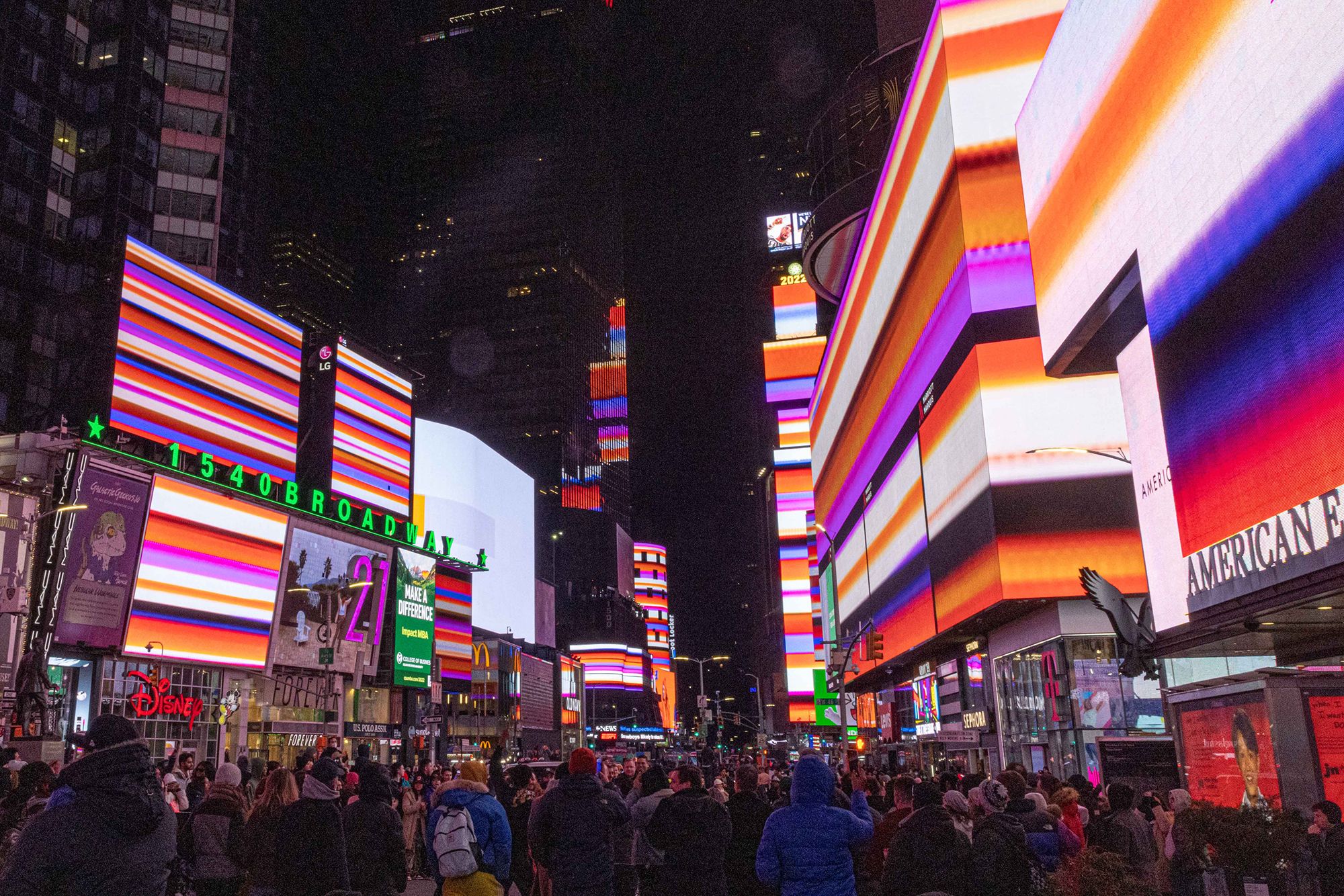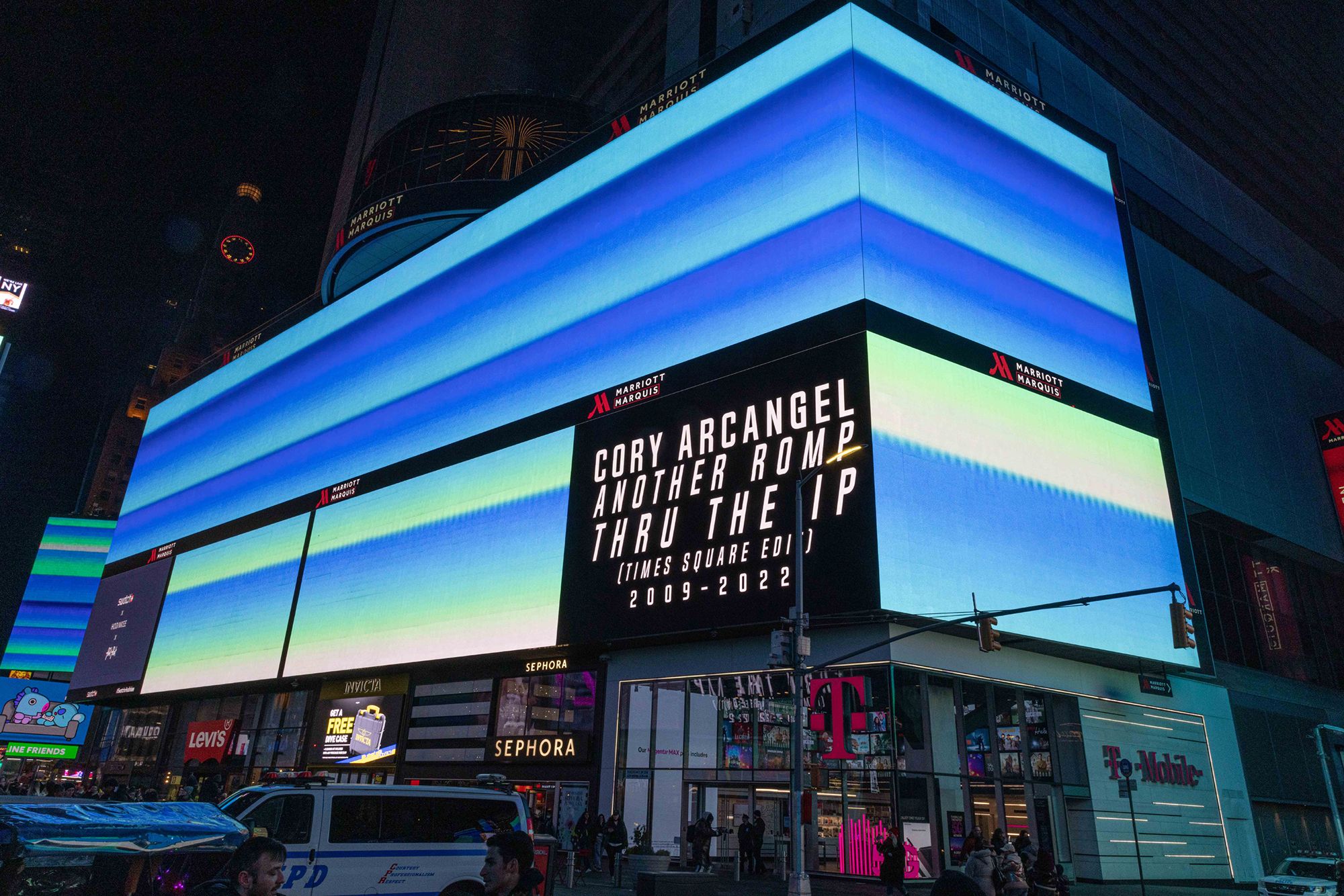When I opened it, I didn’t realize how hard it was to run a store. Of course it was not really a store in the sense that commerce was the aim, but practically it was. Meaning that I sold things, had stock, customers coming in and asking for their size, had accounting to do, and things like that. It was so much work! There were a lot of details that I hadn’t really considered when I decided to open it — like all of them, LØL. And putting on shows is also really hard, as you know. And then complicating matters, the store also toured! There was so much interest in it, I toured a facsimile version of it to the New York Art Book Fair, New York, Dover Street Market, Los Angeles, and the New Museum, New York. I ended up making a total mirror of the store that could pack down into these little cases that could easily ship to all these places. After all that, I decided that it was done. Not to say it wasn’t fulfilling. It was. It was easily up there with the best things I had ever done. But I had to start working on my own work again, which was confusing, because the store was my own work!






